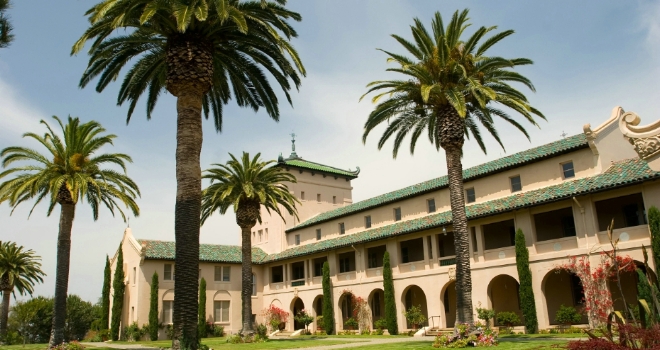
As a consequence, the value of billionaire property recorded growth of 3.6% in the second half of 2011 says Savills in its latest World Cities Review.
Latest Billionaire Property Index in Savills World Cities Review
-Global billionaire index values rose 3.6% in the last six months of 2011
-Hong Kong tops the table at £6,300 per sq ft, however values fell 5.9% in June – December 2011
-New York (17%), Singapore (14%) and London (4%) are top performers for the six months to December 2011
-Singapore (147%), Mumbai (116%) and Hong Kong (99%) lead the way over the last five years to June 2011
Safe-haven cities like New York performed particularly well. The value of billionaire property in New York increased by 17% in the final half of 2011, fuelled by super-wealthy overseas buyers from Russia, China, Brazil and Argentina seeking condominium investments. London and Paris also saw price growth, with increases of 4% for this type of property. London’s super-prime market saw record sales in excess of £1.9bn in 2011.
The notable exception is Hong Kong, where billionaire property fell by -5.9%. The city’s red-hot ultra-prime districts, The Peak and Southside, have cooled following price growth of 118% between December 2008 and June 2011. Buyers are exercising caution ahead of anticipated price falls, and are seeking discounts on asking price. Such measures were unheard of just six months ago, and may indicate the market to come.
The leisure property lag
The disconnectedness between the World Class cities and their hinterlands remains. Our so-called ‘leisure properties’ are the second homes and holiday homes of rich city dwellers. They are the only properties in this Review that are not situated in the world cities themselves. Leisure properties outside the city (and in some cases in different countries within the region) continue to underperform the urban centres.
The key change seen in 2011 has been that the ‘new world’ resorts have slowed substantially, while the ‘old world’ second homes have stopped falling and are starting to rise at the same rate as the ‘new world’.
The most notable turnarounds in the old economies have been seen in the leisure property of our Sydney billionaire and global CEO (who hold leisure property in Palm Beach NSW, and the NSW Highlands), where big falls have ceased, and New York (the Hamptons) where price falls have turned into rises.
Prices are now falling for Shanghai (whose wealthy hold leisure property in Phuket and Phnom Penh), Singapore (Bali and Penang), London (second homes in Oxfordshire and the West Country) and Tokyo (Hakone and Niseko).





